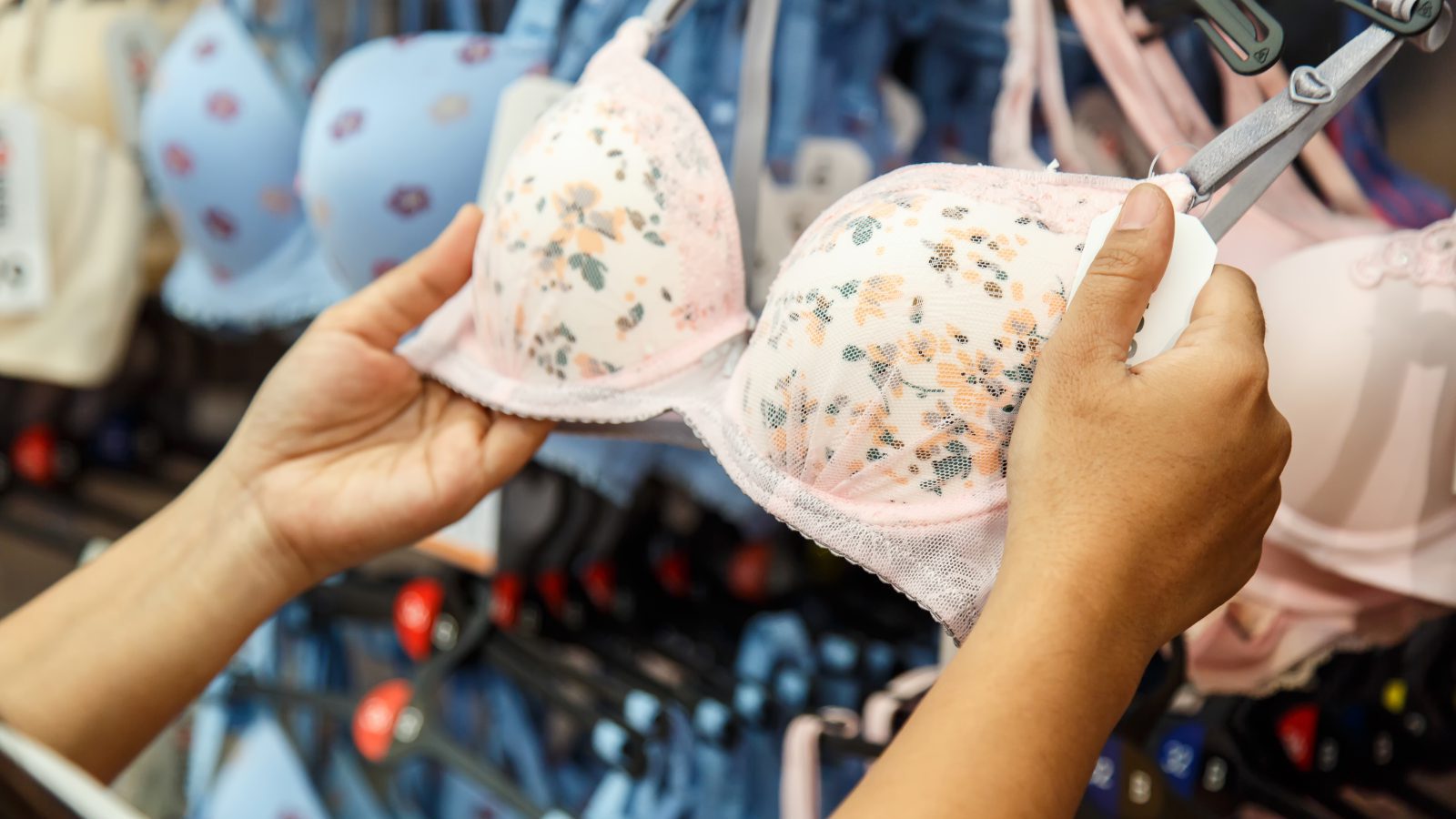Q. Dear Umbra,
I recently purchased two bras, both smooth-lined and recommended to wear under a T-shirt. They’re lined with polyurethane. I’m a breast cancer survivor, and especially concerned about being exposed to carcinogenic materials. It’s very difficult to find bras made with natural fibers! I need bras with good support, without underwires, that are cool in summer.
Elizabeth P.
Lakewood, Wash.
A. Dearest Elizabeth,
In a perfect world, all breast cancer survivors would receive — on top of a pass to the front of the line at any ice cream shop — a free lifetime supply of nontoxic bras in the colors and styles of their choosing. You’ve surely had more than your share of worrying about all things breast-related by now. Let’s see if we can’t put your mind at ease a bit when it comes to shopping.
I don’t blame you one bit for wanting to avoid sketchy chemicals at all costs. I’m guessing the polyurethane in your new bras is the foam variety designed to camouflage nipples under a T-shirt? Such foams can also be found in padded bras meant to boost the appearance of one’s cup size (a dear college friend of mine called hers “The Disappointer”). In any case, I was unable to find any scientific evidence linking polyurethane in bras with cancer. And while astute readers will remember that polyurethane foams are often treated with dangerous flame retardants when used in furniture and mattresses, I found no indication that these chemicals make a regular appearance in lingerie. Still, I can’t say with authority that bra-cup foams don’t contain any vexing chemicals. A few years ago, dozens of women in a class-action lawsuit against Victoria’s Secret reported skin irritation from wearing the brand’s sexy styles, and polyurethane foams are also known to off-gas volatile organic compounds (VOCs). Given those uncertainties — and the fact that polyurethane is a petroleum-based product that often ends up in landfills — avoiding it in your intimates sounds like a sensible move to me. Besides, polyurethane is nonporous and doesn’t breathe well, so it won’t pass your cool-in-summer test anyway.
Before we get to some possible alternatives, let me take a moment to let all my dearest readers know about a few other everyday substances with ties or suspected ties to breast cancer. Among them: BPA (commonly found in plastic bottles, can linings, and receipts), parabens (makeup and skin products), and polycyclic aromatic hydrocarbons, or PAHs (car exhaust, tobacco smoke). Completely avoiding exposure to such chemicals is pretty much impossible in today’s world, but limiting them where you can is a great idea. Buy BPA-free products, cut out cosmetics containing parabens, and don’t smoke. Be mindful, but don’t freak out — that’s my mantra when it comes to the scary-yet-ubiquitous chemicals that surround us.
On a brighter note, there’s no good science linking bras in general to breast cancer, even underwire bras, despite some persistent rumors to the contrary. So while there remain intriguing reasons to ditch these chest contraptions, like the (not entirely safe for work) Free the Nipple campaign, health risks do not appear to be one of them.
Back to your bra shopping, Elizabeth: It’s not always easy, but one can turn up lovely options made from natural fibers, especially if one doesn’t mind shopping online. I can’t vouch for these items myself, but you might start by looking here or here. Cotton bras are a great choice because they breathe well and are easy to wash; as always, go for organic cotton if you can, as conventional cotton is typically doused in pesticides and frequently grown from GMO seeds. Bamboo is another sustainable choice; it’s a quick-growing and renewable fiber, and in clothing it wicks moisture and breathes nicely. While these fabrics once equated to flimsy garments suitable only for the less-endowed, modern engineering has made them much more supportive. Instead of relying on heavy underwires or synthetic Spandex to add support, some brands achieve the proper cradling effect with strategically placed bands of thick fabric. Others incorporate small amounts of elastic to the same ends.
In short, I think you’re right to hesitate on the polyurethane front. Happy natural-fabric shopping, and I hope you enjoy whatever sleek/romantic/lacy/silky/sporty numbers you find, this summer and beyond — you certainly deserve it.
Strappily,
Umbra



